The Harlequinade Ballet draws inspiration from the colourful world of the commedia dell’arte (a genre of Italian origin) to create a story of love, mischief, and magic. Originally choreographed by the legendary Marius Petipa in 1900 under the title Les Millions d’Arlequin, it has evolved through various interpretations over the decades. In this article, we’ll explore its origins, its plot, the influence of the commedia dell’arte, and the key versions that have kept it alive on stages around the world.
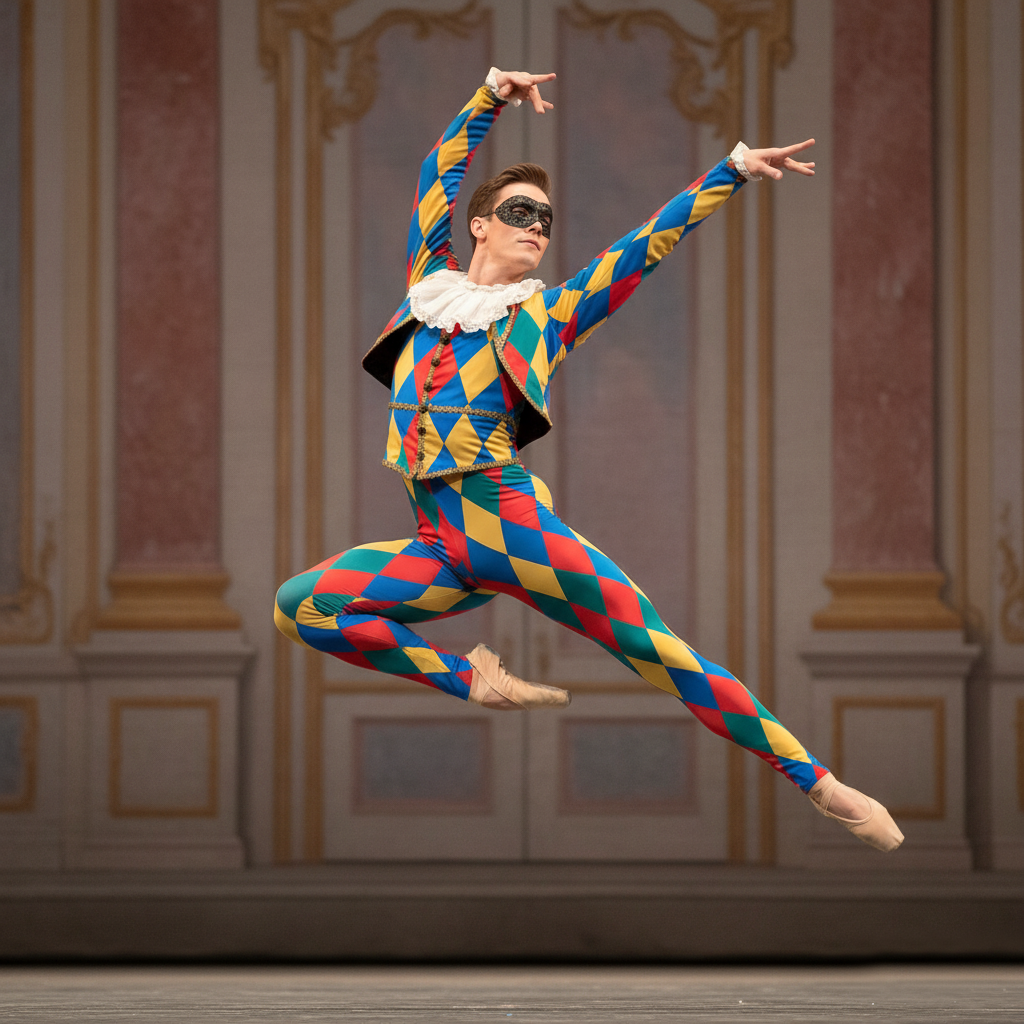
Table of Contents
The Plot of Harlequinade
Harlequinade tells a classic story of youthful love hindered by greed and social ambition, resolved through ingenious interventions and a touch of magic. The ballet’s libretto is based on episodes featuring traditional commedia dell’arte characters. It also combines pantomime, dance, and comedy in a two-act structure.
Act I: Harlequin’s Courtship
The ballet begins in front of the house of the wealthy merchant Cassandre, father of the beautiful Columbine. Upon leaving his house, he entrusts his servant Pierrot with a key to lock Columbine in. Pierrette, Pierrot’s beloved, steals the key while he sleeps. Harlequin arrives to serenade Columbine, and with Pierrette’s help, she escapes to meet him. After a dance, Pierrot discovers them, alerting Cassandre and the police. Harlequin flees and, pursued by his enemies, jumps from a balcony and appears to be dead.
A Good Fairy emerges from a fountain and revives him, giving him a golden sceptre with magical powers. Harlequin uses the sceptre to scare away Leander, an elderly and wealthy gentleman chosen by Cassandre. Then, Harlequin uses the sceptre to magically create a ladder, allowing Columbine and Pierrette to escape from the balcony.
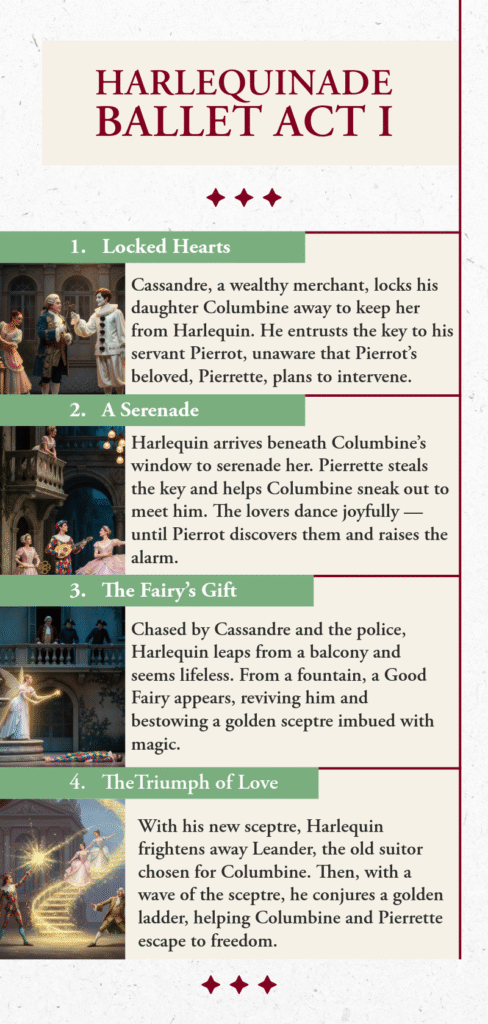
Act II: Harlequin’s Wedding
The second act is set in a garden for the wedding of Harlequin and Columbine. Just as the notary is about to formalise the marriage contract, Cassandre, Leander, and the police arrive to stop the wedding. The Good Fairy reappears and, seeing that Cassandre is opposed to the marriage because of Harlequin’s poverty, asks the little Harlequins to bring her bags of gold coins. Now that Harlequin is rich, Cassandre gives his blessing, and the ballet ends with a grand celebratory dance for all the guests.
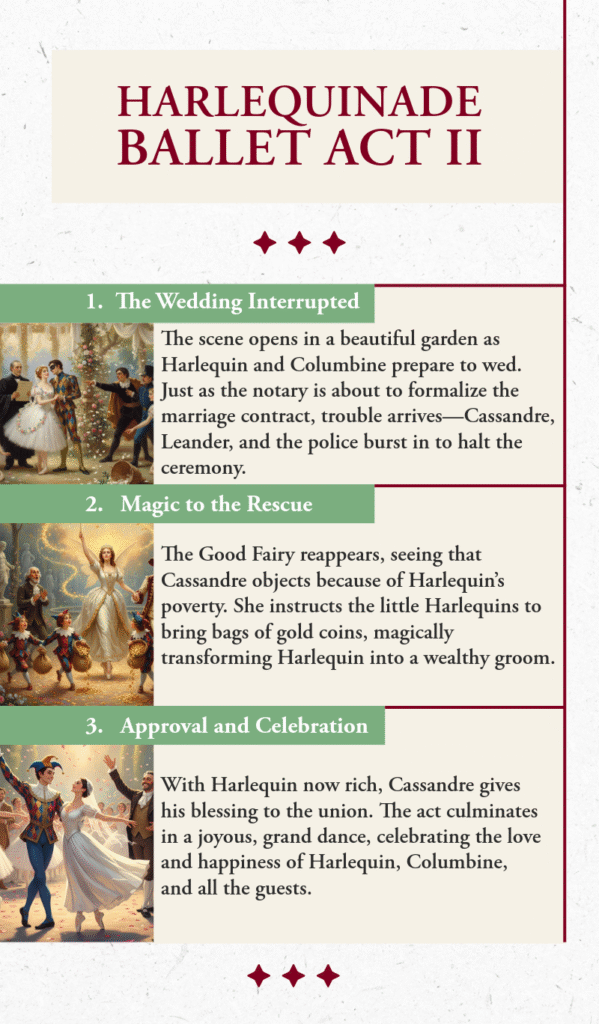
How Commedia dell’arte Shaped Harlequinade
To fully appreciate this ballet, it is essential to understand its profound connections to commedia dell’arte. This was a genre of professional theatre that originated in Italy around 1540 and flourished throughout Europe until approximately 1750. Known as “Italian comedy” or “commedia all’improvviso,” it consisted of improvised performances based on sketches or scenarios (scenari), rather than fully scripted plays. Actors often wore masks, and the plays were filled with dance, acrobatics, pantomime, and lazzi (witty jokes or wacky routines). Performances were typically held outdoors, for example, in squares, attracting large audiences. From Italy, the genre spread quickly across Europe, becoming especially popular in France (where Molière was influenced by it) and later inspiring traditions in England like the harlequinades of pantomime.
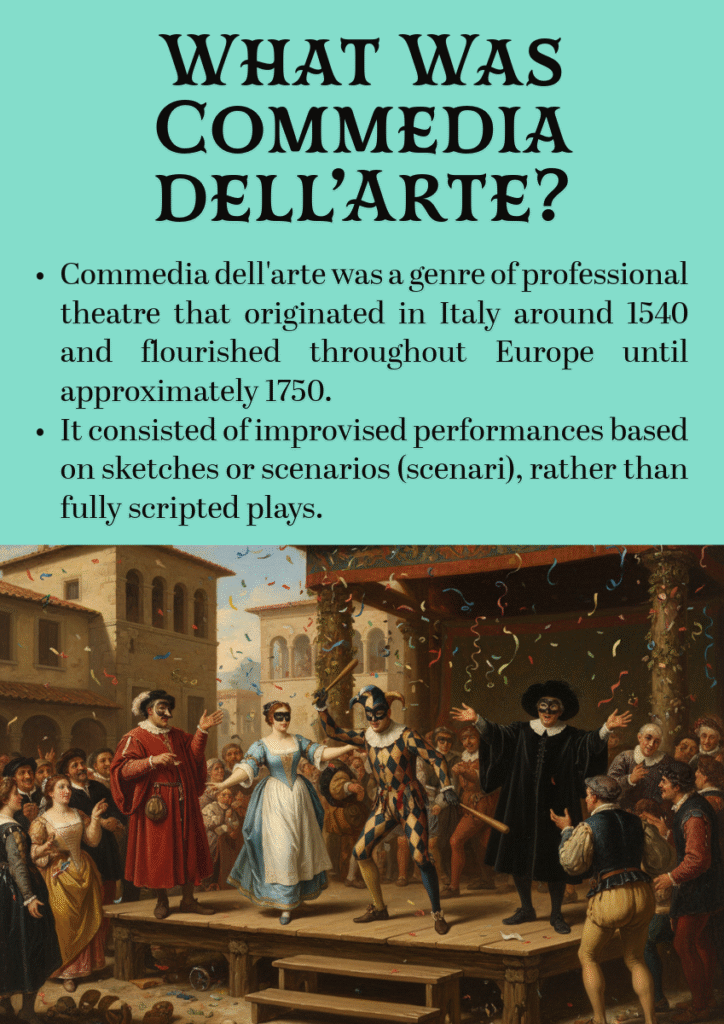
Commedia dell’arte characters embodied moods such as mockery, joy, or confusion, and were based on stereotypes. Here’s a list of the most common characters: vecchi (elders), zanni (cunning servants), innamorati (couple in love), and braggarts like “il Capitano”. Masks and costumes—such as Harlequin’s colourful jacket and trousers or Columbine’s jaunty maiden costume—helped define these roles, with dialects and accessories adding regional flavour. Dance was central, ranging from popular peasant steps to satirical parodies of elite dances, often used in interludes or to generate audience laughter.
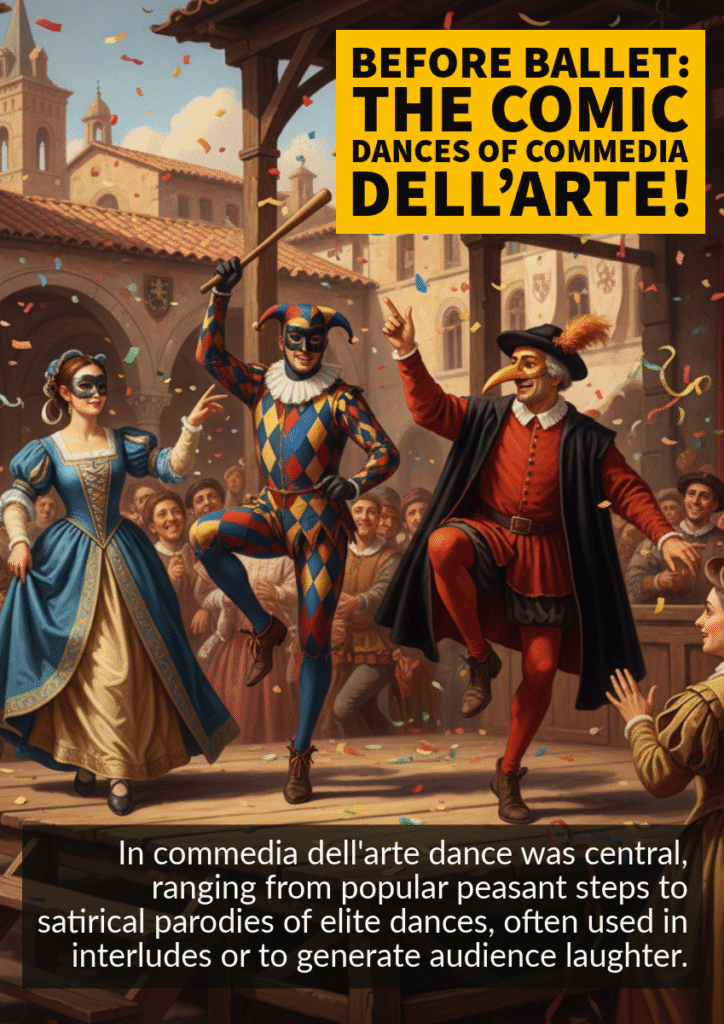
The Structural and Character Legacy of Commedia dell’arte
Harlequinade directly adapts this genre, transforming its improvisational spirit into a structured ballet. Petipa’s work features essential elements of comedy: Harlequin as the mischievous lover, Columbine as the ingenue, Pierrot as the clumsy servant, Pierrette as the resourceful maid, Cassandre as the obstructive old man, and Leander as Columbine’s wealthy admirer, similar to il Capitano. The Good Fairy adds a magical nuance, but the central conflicts—love frustrated by elders, resolved by cunning servants—reflect comedic plots that include jealousy, intrigue, and happy endings. Finally, the influence of comedy on ballet extends to its aesthetics. The characters resemble Italian-style French porcelain figures, emphasising formal elegance among the slapstick.
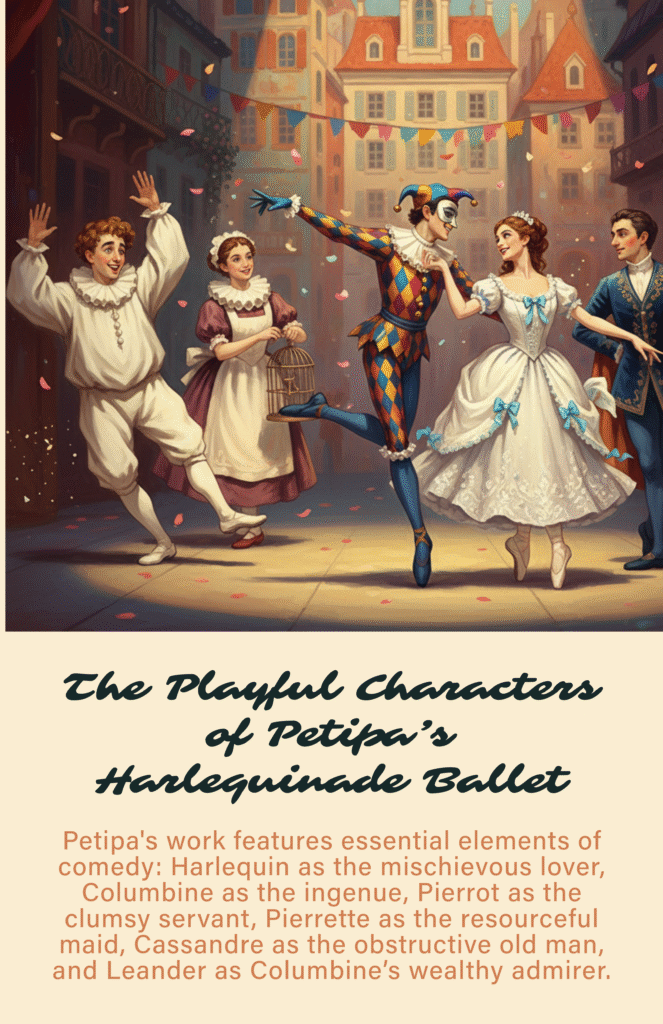
Different Versions of the Ballet
Les Millions d’Arlequin (1900)
Les Millions d’Arlequin (English: Harlequin’s Millions) is a ballet comique in two acts with libretto and choreography by Marius Petipa and music by Riccardo Drigo. It was first presented at the Theatre of the Imperial Hermitage Museum by the Imperial Ballet in Saint Petersburg on 23 February 1900.The ballet was given a second premiere with the same cast at the Imperial Mariinsky Theatre on 26 February 1900.
Principal Dancers: Mathilde Kschessinskaya as Columbine, Georgy Kyaksht as Harlequin, Olga Preobrajenskaya as Pierrette, Sergei Lukianov as Pierrot, Enrico Cecchetti as Cassandre, Nikolai Aistov as Leandre, and Anna Urakova as the Good Fairy.
Choreographed by Marius Petipa (1818-1910) with music by Riccardo Drigo (1846-1930), the original ballet premiered at the Hermitage Theatre in St. Petersburg on February 23, 1900. Just three days later, on February 26, the same cast performed the work for the general public at the Mariinsky Theatre. This ballet was one of Petipa’s last great successes, displaying a very different style compared to his other masterpieces, such as The Sleeping Beauty.
In Les Millions d’Arlequin, Petipa explored the comic and festive world of commedia dell’arte. On the other hand, Petipa created extraordinary choreography for this ballet. The Harlequin Variations became a sought-after role for male dancers, while the roles of Columbine and Pierrette were danced by stars such as Anna Pavlova and Vera Trefilova.
KEY INFO
What was the Hermitage Theatre?
The Hermitage Theatre in St. Petersburg was built in the 1780s by Catherine the Great as part of the Winter Palace. Unlike the Mariinsky Theatre, this was a private stage for the imperial family, where ballets and operas were first presented to the Tsar and his court.
It was here, in 1900, that Marius Petipa premiered “Les Millions d’Arlequin.” In other words, the premiere was intended for a royal audience, which included Tsar Nicholas II and the Empress. A few days later, it would premiere at the Mariinsky.
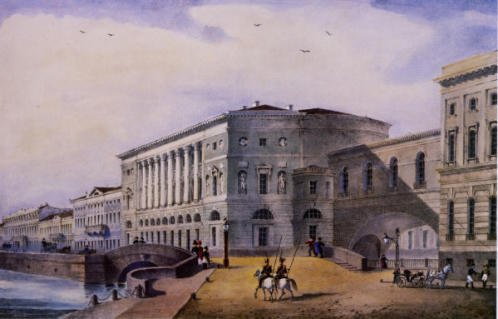
Fyodor Lopukhov’s Version of Harlequinade (1933)
After the Russian Revolution, the Imperial Mikhailovsky Theatre was renamed the Maly Opera Theatre (or Malegot) in 1919. In those years, this theatre was known for producing new, experimental ballets. The intention, then, was to create something different from the repertoire of the old Mariinsky Ballet. Russian dancer and choreographer Fyodor Lopukhov (1886–1973) became the director of this theatre. Upon taking over, he noticed that many of the dancers had not had a thorough ballet training. So, they weren’t ready to perform the great works of 19th-century ballet.
Lopukhov then had the idea of reviving the ballet Millions d’Arlequin. At that time, composer Riccardo Drigo was living in Petrograd. This is how Lopukhov was able to discuss his idea with Drigo, and he successfully restored the complete score to its original content. On the other hand, Lopukhov moved the action from the conventional and undefined setting of Petipa’s version to mid-19th-century Paris. The new version finally premiered on June 6, 1933, to great acclaim.
George Balanchine’s Version of Harlequinade (1965)
- Choreography: George Balanchine
- Music: Riccardo Drigo
- Design: Rouben Ter-Arutunian (scenery, costumes, and lighting)
- Libretto: Based on Les Millions d’Arlequin, by Marius Petipa, after commedia dell’arte characters.
- First Production: New York City Ballet, New York State Theatre, 4 February 1965
- Principal Dancers: Patricia Mc Bride (Columbine), Edward Villella (Harlequin), Suki Schorer (Pierrette), Deni Lamont (Pierrot)
This version by Balanchine (1904-1983) became the first large-scale version of the work outside of Russia. George Balanchine had danced in the original production as a student. He later created a two-act work for the New York City Ballet in 1965. Critics praised its French elegance and its ties to Petipa, as Villella’s Harlequin fused American energy with classical roots.
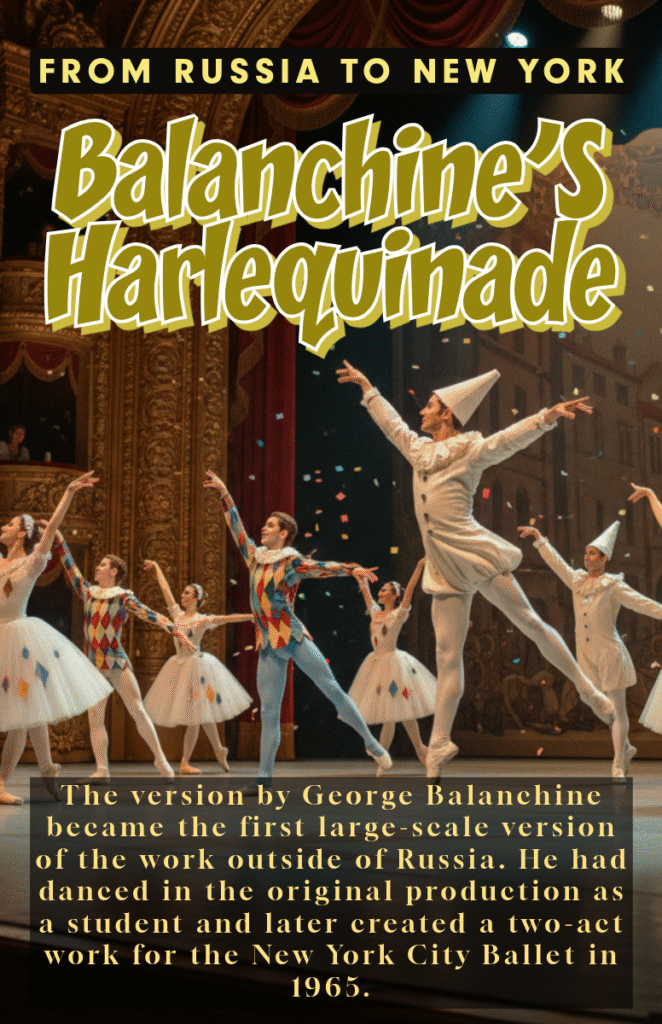
In this version of Harlequinade, Balanchine respected the pantomime of the original version. Also, with this ballet, Balanchine honored the 19th-century Russian tradition of showcasing young dance students. In this way, the choreographer included a group of small Harlequins to accompany the main Harlequin. Among the highlights Balanchine included in his ballet were a loving serenade for four pairs of Scaramouches and a joyful dance for a group of nine ballerinas.
Years later, in 1973, George Balanchine revived the work, finally using Riccardo Drigo’s complete score. The choreographer also introduced a group of children playing small versions of the adult characters (little Harlequins, Pierrots, and Pierrettes). These children performed a series of divertissements at the beginning of the second act. Finally, he added a Tarantella in the first act and a Polonaise in the second.
KEY INFO
What is a Scaramouche?
Scaramouche, or Scaramuccia in Italian, is a classic character from commedia dell’arte. He usually dresses in black and may also wear a mask with a long nose. Regarding his personality, he is boastful, cunning, and cowardly all at once. He often boasts of his bravery, but flees when real danger appears.
Other Versions of Harlequinade
There have been several productions, including a version by David Lichine for the London Festival Ballet in 1950, a version by Boris Romanov for the Ballet Russe de Monte Carlo in 1956, and a version by Hans Brenaa for the Royal Danish Ballet in 1958. Most recently, Alexander Mishutin (2017) created a new version for the NBA Ballet Company in Tokyo. And in 2018, Alexei Ratmansky recreated the ballet for American Ballet Theatre. He seeked to be as faithful as possible to Petipa’s original.



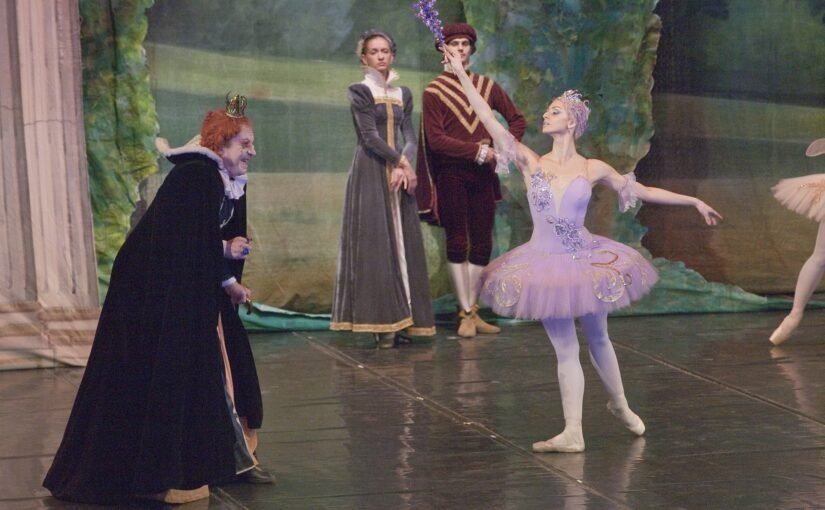
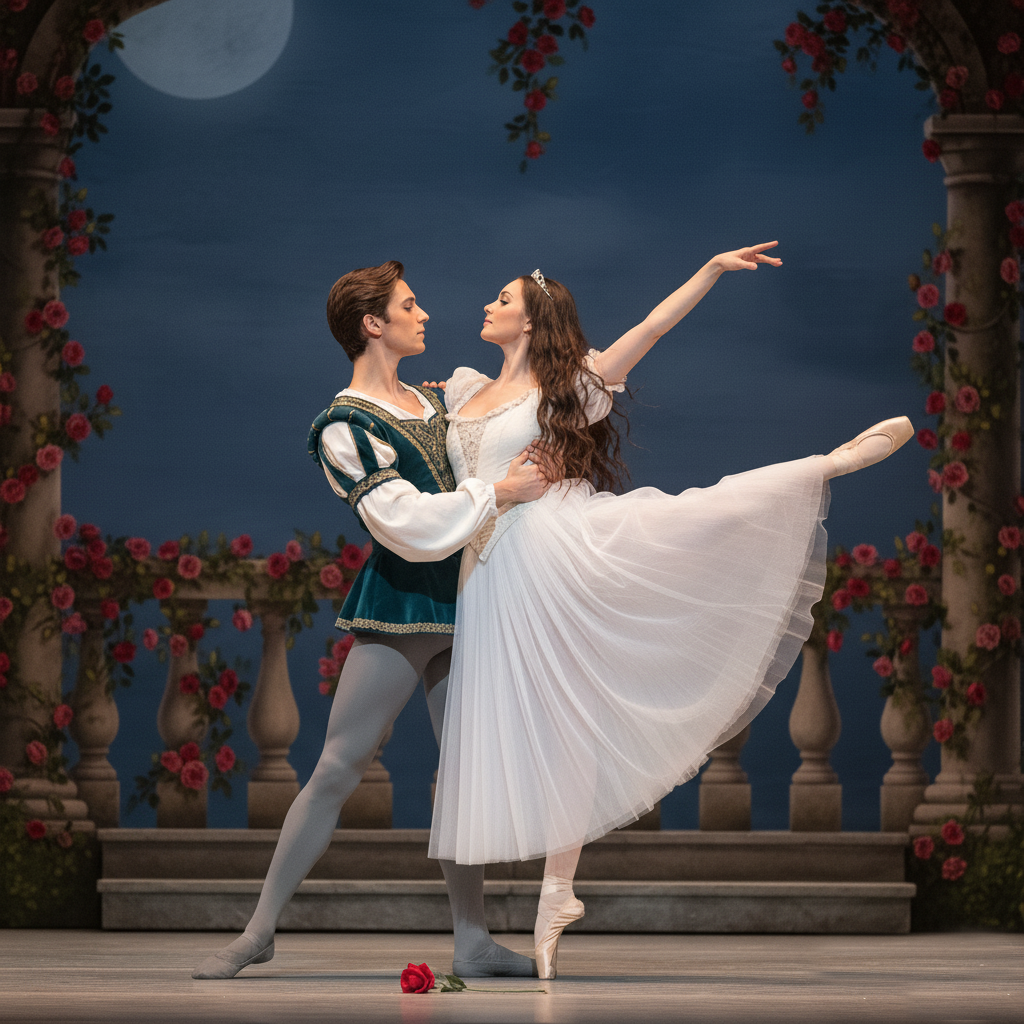
Leave a Reply